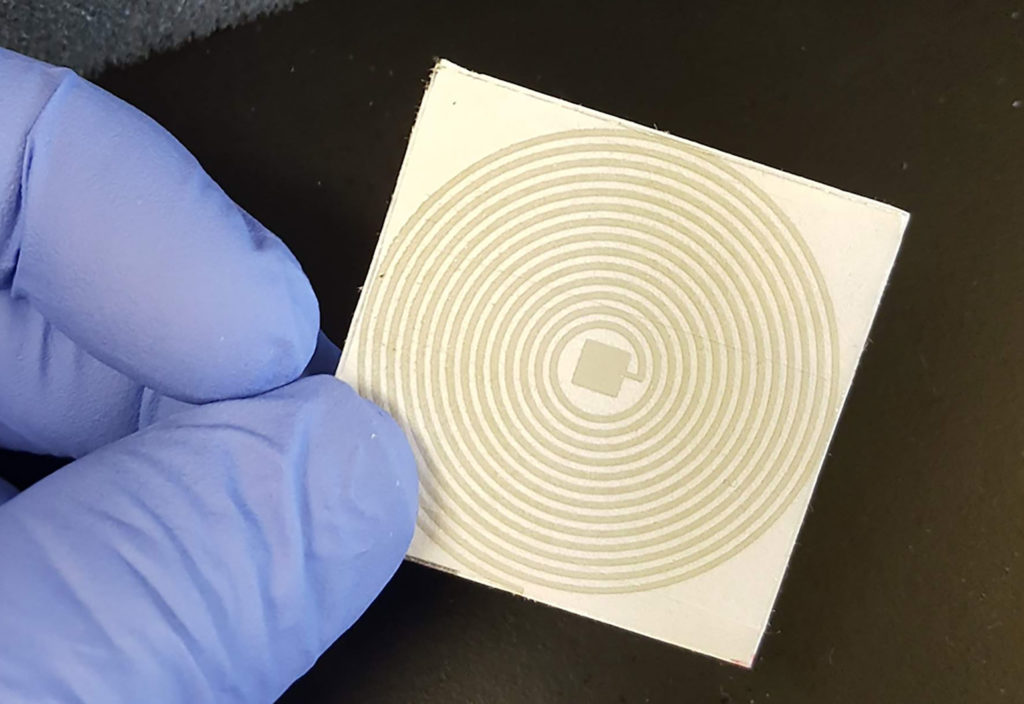A team of researchers have dreamed up the best possible way to engineer COVID-19 tests to make them safe, fast and inexpensive — and then made it a reality.
For as little as one dollar, engineers at Iowa State University in the US have come up with an at-home COVID-19 diagnostic test that ensures no one has to touch the samples.
Assistant Professor of Chemical and Biological Engineering Nigel F. Reuel said his team set out to solve the pain point of collecting and handling a large number of potentially hazardous specimens.
“In our approach, the samples are collected at home and then sealed into a low-cost envelope that is returned, scanned and destroyed,” he told create.
Reuel noted that this immediately addresses two big issues of the pandemic: setting up testing centres and running through personal protective equipment (PPE).
These are particularly large challenges in the US, which has reported nearly 5.8 million cases of COVID-19 and 178,518 deaths.
“There is no need for any PPE, and the readers are low cost, so they can be placed in every municipality and hospital,” Reuel said.
“The plus or minus result is determined wirelessly, and an external QR code ties the results back to the user.”
Test technology
The technology behind the tests is a new sensor system based on toehold switches that detect target RNA genetic material, the messenger for DNA found in all living cells. The toehold technology fits the contact-free diagnostic sensing system by using paper-based resonant sensors.
“It is essentially a small piece of mRNA with a kink in it,” Reuel said.
“There is no way for the reporter protein to be made unless a target sequence is present, in this case, the viral RNA. We are working on such a switch for COVID-19.”
These switches have previously been used by Reuel’s collaborators, Alexander Green at Arizona State University and Keith Pardee at the University of Toronto, on other viral diseases such as Zika.
While the technology is still conceptual, the finished product would involve a multilayered assembly on thick paper. The top layer would hold collected nasal or cough samples, middle layers would contain the toehold switch and bottom layers a printed, coiled resonant circuit that can be scanned for telltale frequencies.
If these tests become available for COVID-19 or a future viral outbreak, Reuel said it would be possible to establish an almost real-time map of infections.
“The idea would be after mailing in your paper diagnostic, you would log into a central database in which you would add your name, location, some key demographic details and the results of your test would be shared,” he said.
“This would then allow us to build a real-time map of where the virus is present, the infection rate and, more importantly, who it is affecting in terms of race, age and previous complications.”
It is uncertain whether the innovation will be ready for widespread use in stopping the spread of COVID-19, but Reuel remains excited for the possibilities.
“The toehold switch is highly modular and could be applied to other viral diseases as well as future pandemics,” he said.
